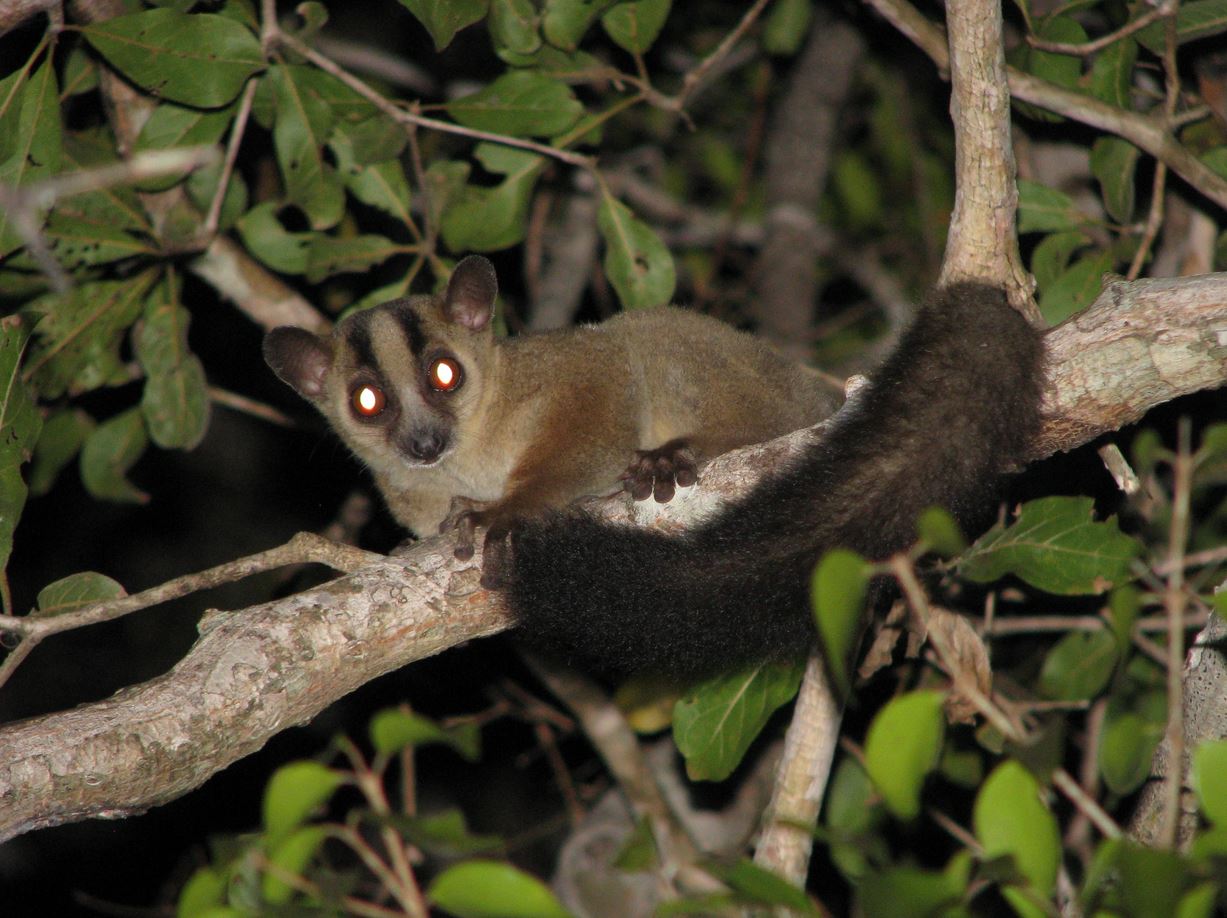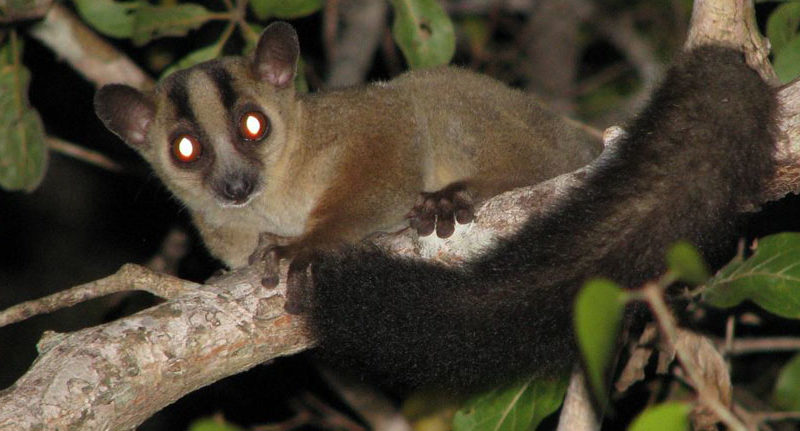
Discover the Enigmatic Madagascar Fork-Marked Lemurs: Nocturnal Jewels of the Island
Madagascar is world-renowned for its incredible biodiversity, and among its most fascinating inhabitants are the Madagascar fork-marked lemurs. These nocturnal primates, belonging to the genus Phaner, are not only striking in appearance but also exhibit unique behaviors that make them a must-see for wildlife enthusiasts and researchers alike.
What Are Madagascar Fork-Marked Lemurs?
Madagascar fork-marked lemurs are small, nocturnal primates distinguished by a unique fork-shaped marking on the back of their heads. This feature makes them easy to identify in the wild. Unlike many other lemur species, they specialize in feeding on tree sap and gum, a dietary adaptation that allows them to thrive in both primary forests and some disturbed habitats, including plantations.
These lemurs are among the most vocal nocturnal primates in Madagascar. Their calls range from piercing “wheet” sounds—reminiscent of a laser gun—to chattering and squirrel-like noises, making them a delight for night-time wildlife observers.
Distribution of Madagascar Fork-Marked Lemurs
Madagascar fork-marked lemurs inhabit various regions of the island, with species-specific ranges:
-
Pale Fork-marked Lemur (P. pallescens) – Found in western Madagascar, particularly in Kirindy Forest. Also recorded in Zombitse and Tsingy de Bemaraha National Parks.
-
Sambirano Fork-marked Lemur (P. parienti) – Occurs in the northwest, sometimes around Ambanja.
-
Montagne d’Ambre Fork-marked Lemur (P. electromontis) – Occasionally seen on Amber Mountain in the north.
-
Masoala Fork-marked Lemur (P. furcifer) – Rare and elusive, this species is native to northeastern Masoala.
Whether in dense forests or semi-disturbed habitats, these lemurs are adaptable, highlighting their ecological importance across Madagascar.
Identification: How to Recognize Madagascar Fork-Marked Lemurs
The defining characteristic of Madagascar fork-marked lemurs is, as the name suggests, the distinctive fork marking on the back of their heads. Observers often spot this unique trait during night walks or nocturnal surveys.
In addition to their markings, their behavior sets them apart: they are incredibly fast, second only to mouse lemurs in agility, and they are typically found in small social groups. Their vocalizations also make them easier to detect at night, especially in protected areas where these lemurs are more abundant.
Behavior and Ecology
Madagascar fork-marked lemurs are fascinating for their unique ecological roles:
-
Diet Specialization: Primarily sap and gum feeders, which allows them to exploit food sources unavailable to other lemurs.
-
Nocturnal Lifestyle: Highly active at night, these lemurs use vocal communication extensively for social interactions.
-
Agility and Movement: They move faster than most other lemur species, helping them evade predators and navigate dense forests efficiently.
-
Social Structure: Often seen in small groups, they exhibit close-knit social behavior, which is uncommon for many solitary nocturnal lemurs.
Their behavior makes them an important species for ecological studies and a captivating subject for wildlife photography.
Where to See Fork-Marked Lemurs
Wildlife enthusiasts can spot fork-marked lemurs in several national parks and forest reserves:
-
Kirindy Forest: Excellent for observing Pale Fork-marked Lemurs during night walks.
-
Zombitse National Park: Another hotspot for Pale Fork-marked Lemurs.
-
Tsingy de Bemaraha National Park: Offers opportunities to spot nocturnal activity.
-
Amber Mountain: Occasionally hosts Montagne d’Ambre Fork-marked Lemurs.
-
Masoala National Park: The elusive Masoala Fork-marked Lemur resides here.
-
Ambanja Region: Home to the Sambirano Fork-marked Lemur in the northwest.
For eco-tourists, night walks guided by local experts are the best way to experience these incredible nocturnal creatures.
Why Fork-Marked Lemurs Are a Must-See
Observing fork-marked lemurs provides a unique glimpse into Madagascar’s nocturnal wildlife. Their distinctive markings, vocalizations, and social behaviors make them an unforgettable experience for travelers and researchers alike.
By visiting protected areas and supporting conservation initiatives, you not only get to witness these remarkable lemurs but also contribute to preserving Madagascar’s fragile ecosystems for generations to come.
Conclusion
Madagascar fork-marked lemurs are more than just a rare sight—they are a symbol of the island’s unparalleled biodiversity. From their unique fork-shaped head markings to their sap-feeding specialization and vocal prowess, these nocturnal lemurs capture the imagination of anyone passionate about wildlife.
For travelers seeking an unforgettable wildlife experience, a night walk in Madagascar’s forests to observe these lemurs is an adventure like no other. Protecting their habitats ensures that future generations can continue to marvel at the enigmatic fork-marked lemurs.
HT AGENCY TOURS
Luxury Madagascar with the best luxury African safari tours packages. Discover your next perfect destination with HT Agency Tours

